Scientists from the National Center for Nanoscience and Technology of China develop high-performance electrode materials for lithium-ion batteries.
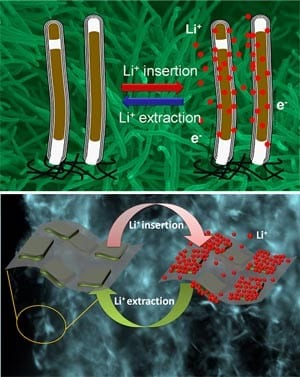

Scientists from the National Center for Nanoscience and Technology of China develop high-performance electrode materials for lithium-ion batteries.

Two scientists have received a grant from the Research Corporation for Science Advancement to devise a new method for gleaning hydrogen fuel from water.

Researchers demonstrate that graphene made from many small crystalline grains is almost as strong as graphene in its perfect crystalline form.
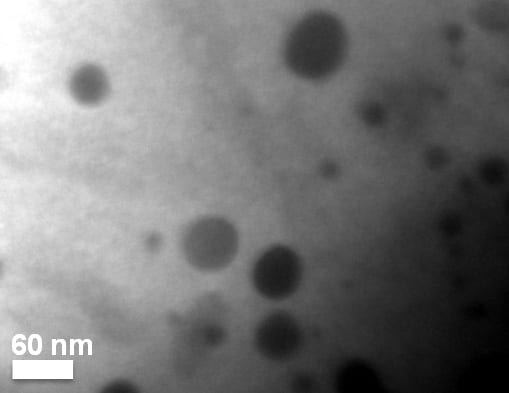
Nanoengineering boosts semiconducting material’s ability to convert heat into power by 200 percent and its electrical conductivity by 43 percent.
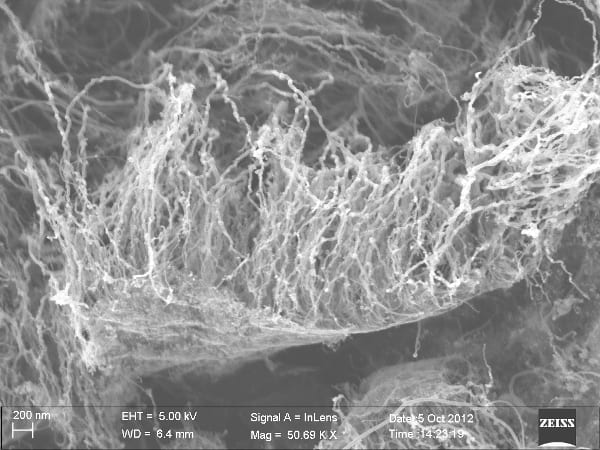
A diamond film/graphene/nanotube structure was one result of new research carried out by scientists at Rice University and the Honda Research Institute USA.
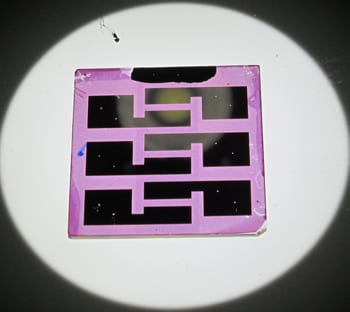
Solar cells created by laboratories at Rice and Pennsylvania State universities could open the door to research on a new class of solar energy devices.
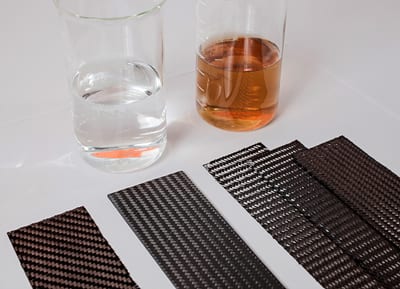
New research on recycling carbon from composites ensures that the fibers retain their properties to the greatest extent possible.
Companies considering expansion of existing ethylene oxide production and a new plant for neopentylglycol.
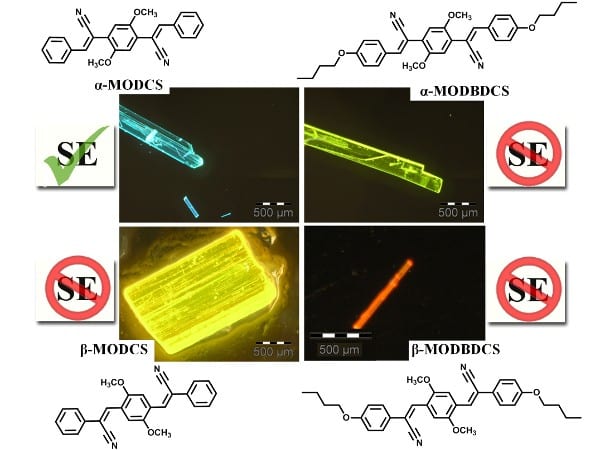
Structure–property relationships of single crystals are analysed such that their spontaneous and stimulated emission properties can be quantified based on their crystal structures.
“Cradle to grave” study of advanced Li-ion batteries recently completed by Abt Associates for the U.S. Environmental Protection Agency (EPA).